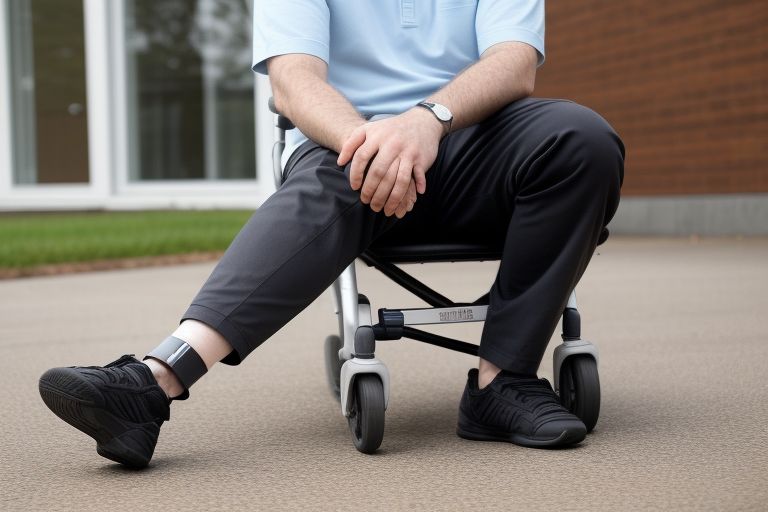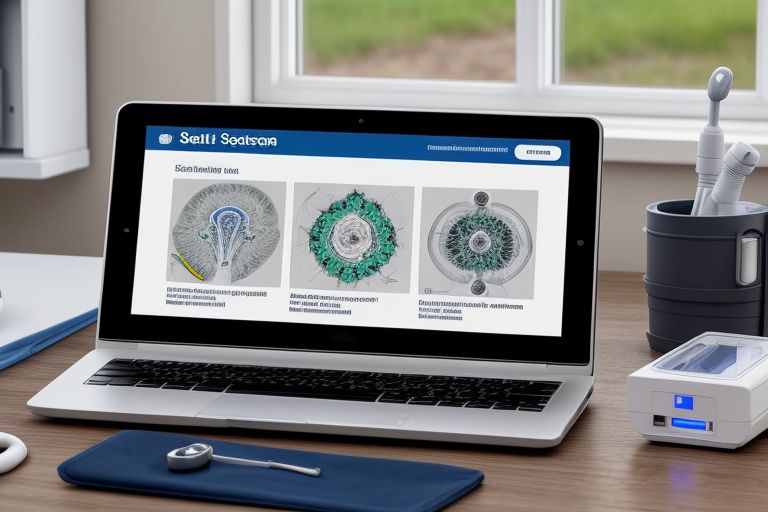In a remarkable feat of biomedical engineering, the latest advancements in prosthetic technology have introduced mind-controlled prosthetic limbs that are restoring mobility and transforming the lives of amputees. This cutting-edge development not only represents a significant technological leap but also offers new hope and increased independence to those affected by limb loss.
The Rise of Mind-Controlled Prosthetics
Mind-controlled prosthetics utilize a combination of neural engineering and robotics to create limbs that amputees can control with their thoughts. This technology harnesses the power of brain signals, interpreting intentions and translating them into movement, allowing users to operate their prosthetic limbs in a way that feels natural and intuitive.
How It Works
The core technology behind mind-controlled prosthetics involves sophisticated algorithms that decode electrical signals from the brain or residual limb muscles. These signals are picked up by sensors connected to the prosthetic device. Through a process known as machine learning, the system learns to associate specific patterns of brain activity with intended movements. Over time, it becomes more adept at predicting and executing these movements based on the user’s thoughts.
Key Features and Benefits
Intuitive Operation
One of the most significant benefits of mind-controlled prosthetics is their ability to operate intuitively. Users can control their artificial limbs in real-time, with minimal lag between thought and movement, closely mimicking the functionality of natural limbs.
Enhanced Dexterity
These advanced prosthetics are designed with a focus on restoring not just basic mobility but also the ability to perform complex tasks that require fine motor skills, such as typing, playing a musical instrument, or handling delicate objects.
Emotional and Psychological Benefits
Regaining control over lost limbs significantly impacts the emotional and psychological well-being of amputees. The ability to perform everyday tasks independently can improve self-esteem, reduce feelings of disability, and enhance quality of life.
Applications and Real-World Impact
Mind-controlled prosthetic limbs are already making a profound impact in the lives of many individuals. For example, veterans who have suffered limb loss in combat are finding new independence with these prosthetics, and accident victims are able to return to a semblance of their former lifestyles. The technology is also being explored in rehabilitation settings, where it can help patients regain limb function following severe injuries or medical conditions such as strokes.
Challenges and Future Directions
Despite their promising potential, mind-controlled prosthetics face several challenges. The cost of technology remains high, limiting accessibility for many who could benefit from such devices. Additionally, there is a learning curve involved in using these prosthetics effectively, requiring significant training and adaptation by users.
Looking ahead, ongoing research and development are focused on making these devices more sensitive, reliable, and affordable. Improvements in brain-computer interfaces and materials science are likely to further enhance the functionality and wearability of prosthetic limbs.
Conclusion
The advent of mind-controlled prosthetic limbs is breaking barriers in medical technology, offering unprecedented mobility and independence to those with limb loss. As this technology continues to evolve, it promises not only to improve the functional capabilities of prosthetics but also to redefine the limits of what is possible in the realm of biomedical innovation.






















+ There are no comments
Add yours